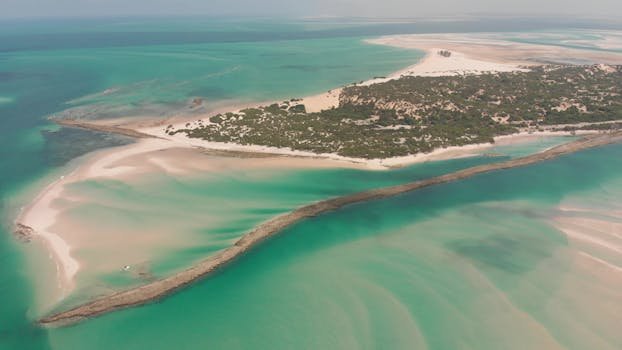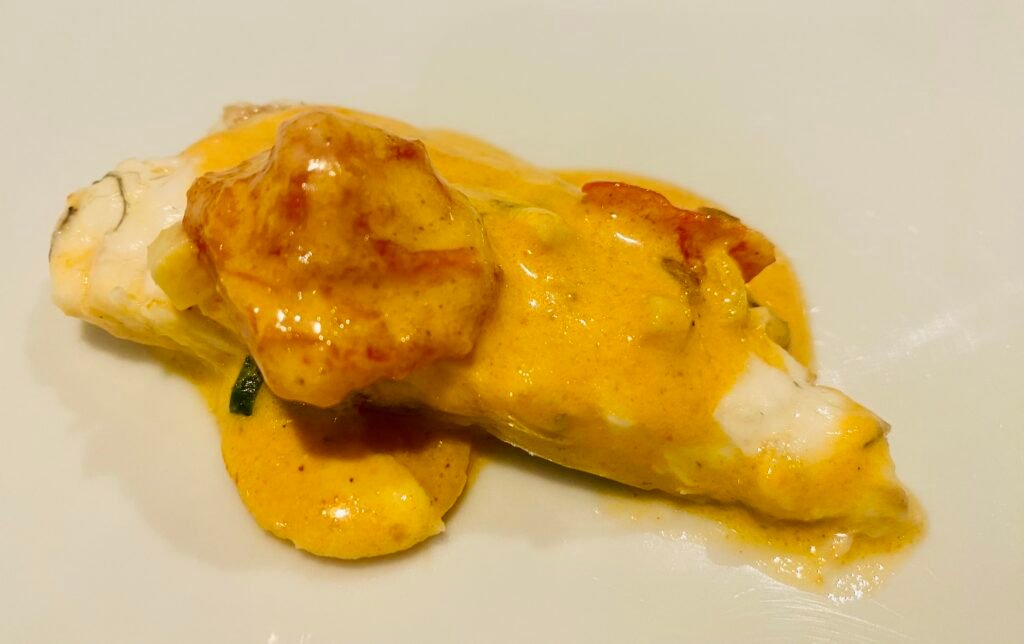Mozambique, located on the southeastern coast of Africa, is a country rich in history, marked by its Portuguese colonial past and African influences. Since its independence in 1975, Mozambique has evolved into a cultural crossroads where the Portuguese language mixes with many local Bantu languages. The country is also known for its musical heritage, notably marrabenta , a traditional style of music, as well as its festive dances. From Maputo, the vibrant capital, to coastal villages, Mozambique reveals a vibrant culture and resilience after decades of struggles for independence and peace.
Mozambican society remains deeply linked to its traditions, with rituals, ceremonies and festivals that celebrate life, nature and ancestors. It is a country where spirituality and community play an important role in daily life, and where the welcome to visitors is warm and sincere.
Traditional Gastronomy and Gluten Free Options
Mozambican cuisine is a unique marriage between local traditions and Portuguese influences, with a strong presence of seafood, coconut, spices and vegetables. For travelers following a gluten-free diet, Mozambique offers many naturally suitable options.
Here are some typical gluten-free dishes:
- Matapa : A stew made with cassava leaves, coconut milk, garlic and sometimes seafood, such as shrimp. This dish is naturally gluten-free and full of flavor.
- Caril de camarão : A shrimp curry prepared with coconut milk, curry and spices. This dish, of Portuguese origin, is often accompanied by rice, which makes it ideal for a gluten-free diet.
- Xima : A cornmeal-based porridge, similar to South African pap, often served as an accompaniment to saucy dishes. Xima is a simple, gluten-free staple.
- Grilled seafood : With its long coastline on the Indian Ocean, Mozambique is famous for its fresh fish and seafood, grilled with local spices and served with vegetables or rice.
These dishes reflect the diversity and richness of Mozambican flavors while being adapted to a gluten-free lifestyle.
The Must-See Things to Visit in Mozambique
Mozambique is a dream destination for lovers of the sea, nature and culture. Here are some must-see sites to discover during your trip:
- The Bazaruto Archipelago : This set of paradise islands is renowned for its white sand beaches, turquoise waters and exceptional marine fauna, notably dugongs. A perfect place for scuba diving and snorkeling.
- Mozambique Island : Listed as a UNESCO World Heritage Site, this historic island, once the capital of colonial Mozambique, is famous for its colonial architecture, forts and ancient mosques.
- Gorongosa National Park : Located in the center of the country, this park is one of the most important in Africa for wildlife conservation. You will find elephants, lions, buffaloes and a diversity of birds in grandiose landscapes.
- Tofo Beach : A seaside village popular with travelers and surfers, Tofo is known for its beautiful beaches, manta ray diving spots, and laid-back atmosphere.
Whether exploring idyllic beaches or meeting African wildlife, Mozambique offers a breathtaking landscapes lity come together, offering travelers a unique journey between desert, sea and mountains .




